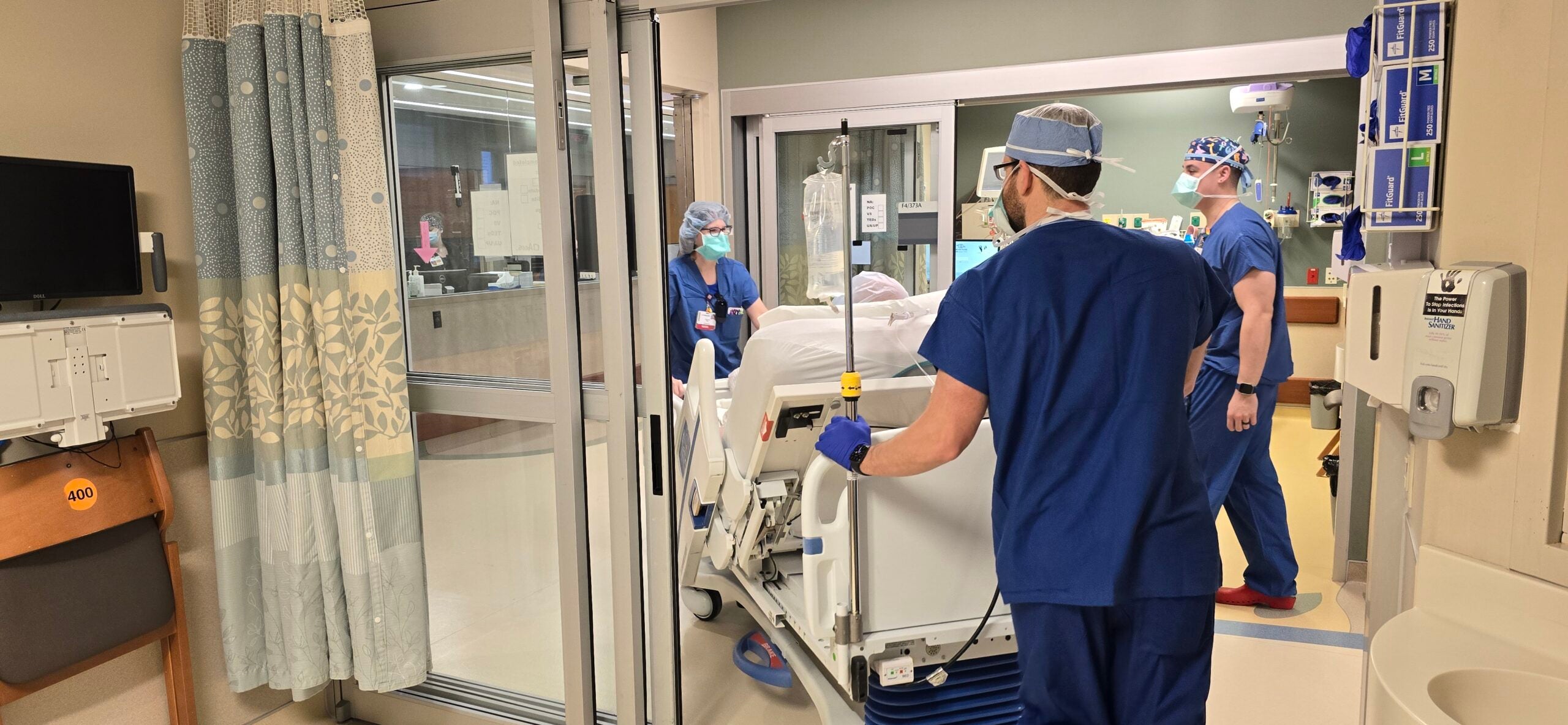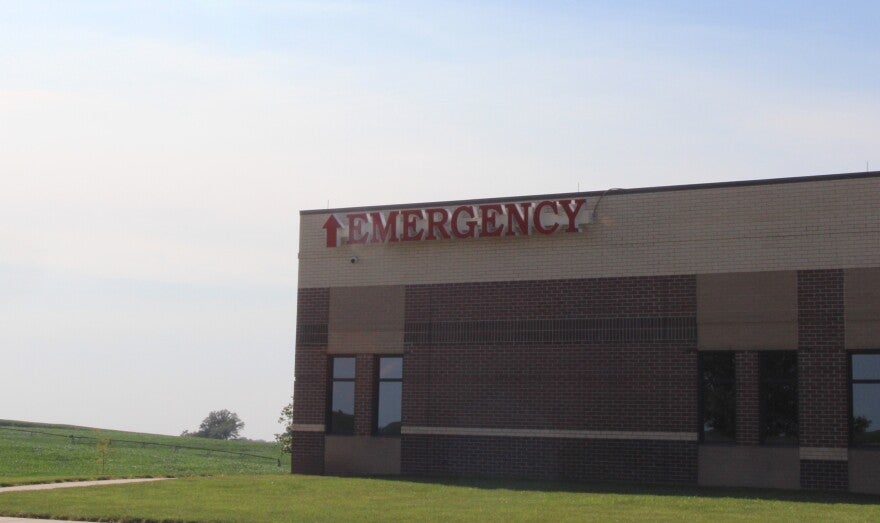Wisconsin had the fourth-largest share of hospitals in the country receiving the highest-possible ratings according to a recent report by the federal agency that administers the Medicare and Medicaid programs.
The Centers for Medicare & Medicaid Services, or CMS, recently released its Overall Hospital Quality Star Ratings, which examines 46 measures across five categories. Those categories include mortality, safety of care, readmissions, patient experience and timely and effective care.
Thirty-eight percent of the Wisconsin hospitals CMS evaluated received five stars, the highest possible rating. That’s more than double the national average of 16 percent.
News with a little more humanity
WPR’s “Wisconsin Today” newsletter keeps you connected to the state you love without feeling overwhelmed. No paywall. No agenda. No corporate filter.
In a statement, Wisconsin Hospital Association President and CEO Eric Borgerding said he was “immensely proud” of the state’s hospitals and health systems for the work they do to provide high-quality care. He said that work isn’t done solely for recognition, but the ratings help provide a metric that ensures hospitals are on the right track when it comes to providing for patients.
“Wisconsin is fortunate to have some of the best hospitals in the nation, delivering high-quality health care to patients and their families every day,” Borgerding said. “Our hospitals continuously work to improve the quality of care they deliver — constantly adapting and improving outcomes along the way.”
Only Utah, South Dakota and Montana had a larger share of hospitals receiving five-star ratings than Wisconsin. But of those states, Wisconsin had the most five-star hospitals at 29, according to Nadine Allen, chief quality officer for the Wisconsin Hospital Association.
“If you took our five neighboring states and looked at the percent of the five-star rated hospitals there, Wisconsin is No. 1 amongst six states in our Midwest region,” she said. “The Midwest has always been known for providing good health care, but we’re happy to have Wisconsin at the top of the list.”
Another 39 percent of Wisconsin hospitals received four-star ratings from CMS, meaning over three-quarters — 77 percent — received the two highest ratings possible. Allen said that’s a 15 percent increase from 2022.
According to Allen, that increase is a result of hospitals across the state implementing quality-improvement and patient safety efforts over the last year. While specific efforts varied by hospital and health system, she said there were common areas of focus.
“Everybody works on reducing hospital-acquired infections, reducing falls (and) reducing readmissions,” Allen said.
Each year, the Wisconsin Hospital Association prepares an annual Health Care Quality Report that gives an overview of the initiatives and outcomes associated with quality improvement and patient safety efforts.
Allen said she believes Wisconsin hospitals’ strong performance in the CMS ratings highlights that most state residents have access to high-quality health care.
“Access to good quality care is certainly at their fingertips, but it’s always something that we’re working to improve on,” she said. “We know that many of our small, rural or critical access hospitals also have excellent quality of care. They may not receive a star rating, but they might be right up there at the top with some of the best of the best hospitals both in Wisconsin and across the United States.”
While the association is proud of the state’s hospitals for the efforts that led to recognition from CMS, Allen said the work isn’t over. She said hospitals are continuously working to improve patient care.
“We always want to make sure that we’re continuously improving,” she said. “By having these benchmarks and these outcome measures, that gives us that capacity to know where we’re standing.”
Wisconsin Public Radio, © Copyright 2026, Board of Regents of the University of Wisconsin System and Wisconsin Educational Communications Board.




